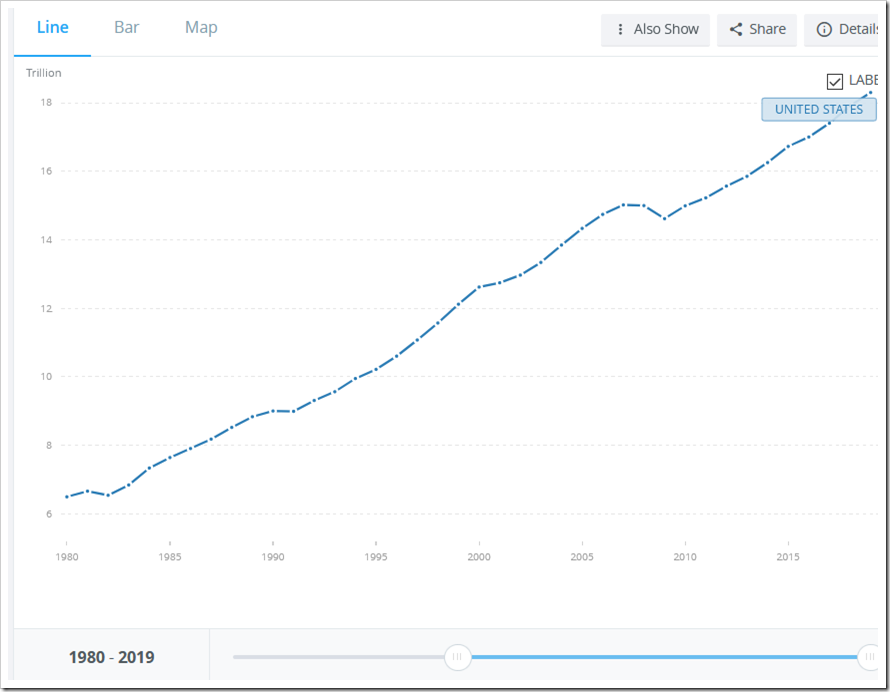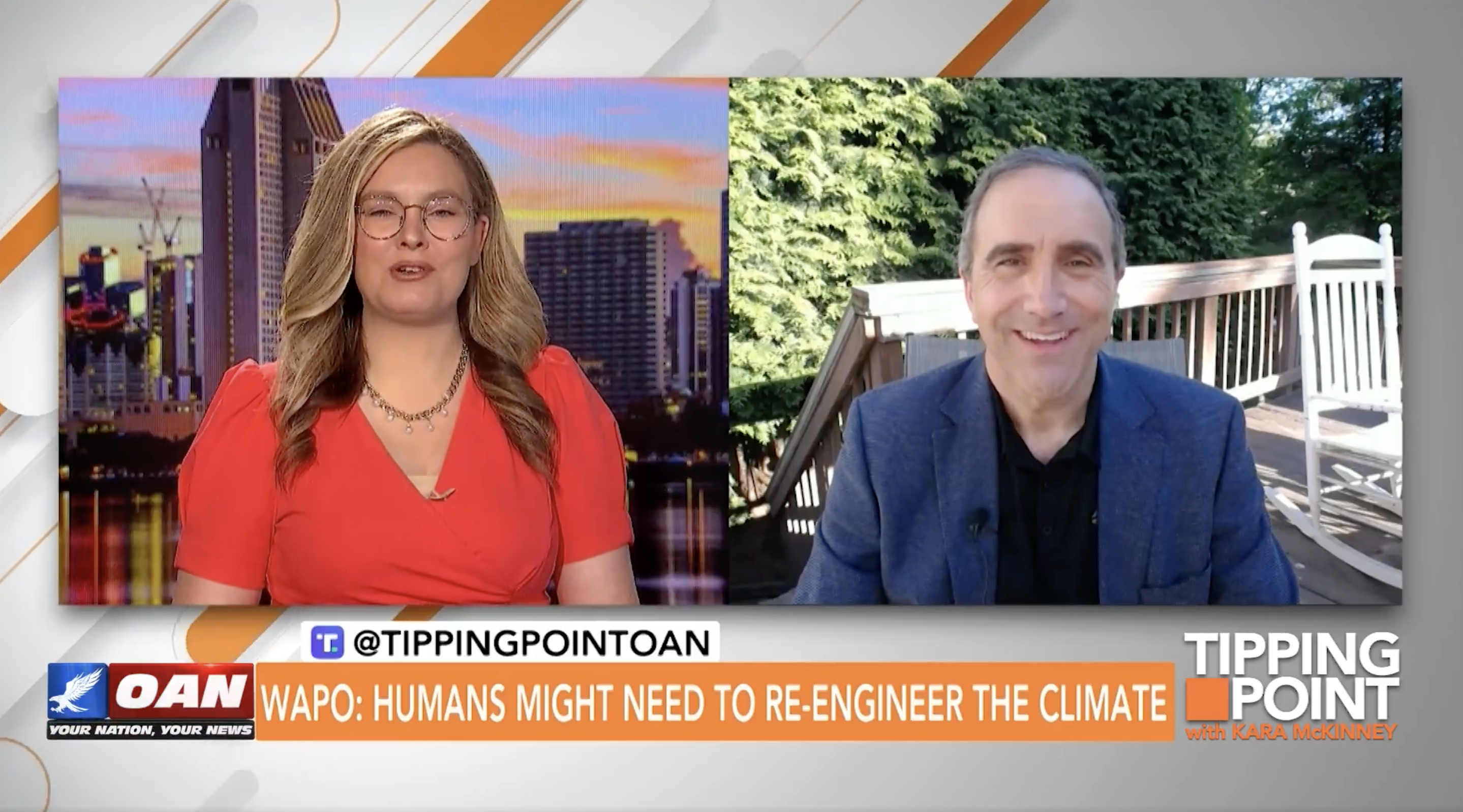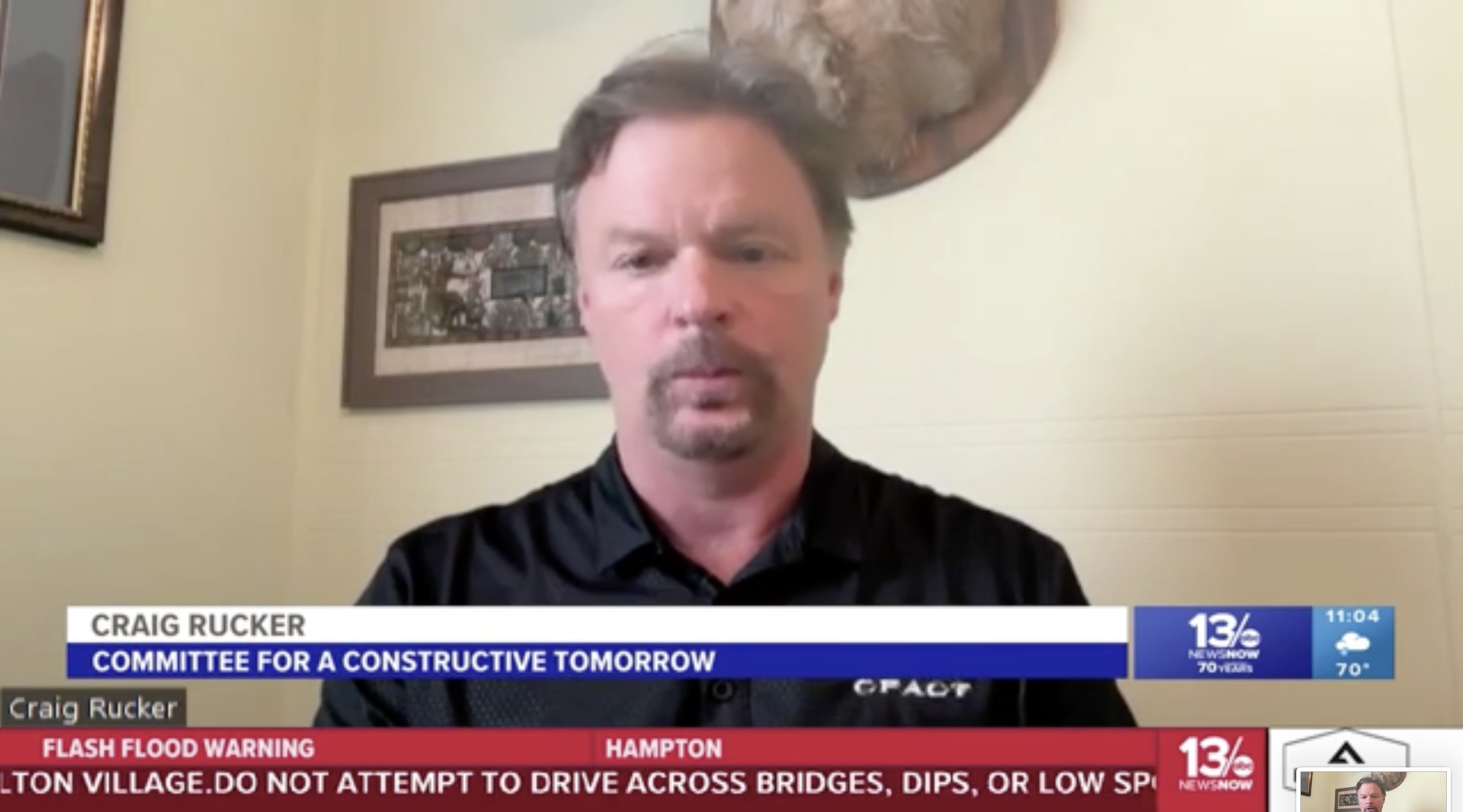https://notalotofpeopleknowthat.wordpress.com/2021/02/20/noaas-climate-disaster-claims-are-a-sham/
NOAA’s Climate Disaster Claims Are A ShamNOT A LOT OF PEOPLE KNOW THAT / by Paul Homewood / 3d
By Paul Homewood
Stewgreen has tracked down the NOAA climate disaster website, which the BBC used for their video yesterday.
https://www.ncdc.noaa.gov/billions/
It is evident just by looking at it that the whole thing is totally fraudulent. First a look at the map:

When a hurricane hits a populated stretch of coast, which is almost invariably, it is inevitable losses will be big. But while last year was a busy year for hurricanes, we do know that the frequency of US hurricanes has not been unusual in the last decade, and if anything the long term trend is down. (Though it is worth noting that the 1980s and 90s were below average, making the choice of 1980 as a start date statistically inappropriate):

https://www.aoml.noaa.gov/hrd/hurdat/All_U.S._Hurricanes.html
However, the vast majority of these wrongly named “climate” disasters are either tornadoes, hailstorms or severe weather (which are almost all thunderstorm/tornado outbreaks).
Again, we know that tornado activity has declined significantly since the 1970s. But we are expected to believe that tornadoes and thunderstorms nowadays are far more catastrophic than in the past.
The answer to this riddle lies in how NOAA determine what a billion dollar disaster is. The key is this sentence:
The U.S. has sustained 285 weather and climate disasters since 1980 where overall damages/costs reached or exceeded $1 billion (including CPI adjustment to 2020).
So, they rightly allow for inflation, but is that enough?
The simple truth is that Americans have much more “stuff” than they did back in the 1980. Bigger houses, more cars, latest technological gadgetry, expensive furniture and clothes, and all the rest of it.
If a house burns down, the cost of rebuilding it and replacing contents will have increased by much more than inflation since 1980.
The same goes for local infrastructure and services.
The best way to monitor this is by looking at GDP, not CPI, which says that $1 in 1980 is now worth $3.32:

GDP however has risen from $2857bn in 1980, to $21433bn in 2019, which is 7.3 times as big.

https://countryeconomy.com/gdp/usa
We can see the impact of rising wealth better by looking at constant GDP, which has been adjusted for CPI:

This index of GDP, which measures real growth, has jumped from $6.5 trillion in 1980 to $18.3 trillion, nearly trebling.
So when a billion dollar disaster in 1980 is equivalent to a $3 billion one now.
We can also look at house price trends. The chart below is deflated using CPI, so again reflects real prices, rather than monetary ones. It has risen from 81.78 to 134.88, a factor of 1.65:

https://fred.stlouisfed.org/series/QUSR628BIS
Out of the twenty two billion dollar disasters last year, supposedly a record, nine were below $2 billion. There is absolutely no doubt at all that if they had occurred in 1980, none of them would have cost more than a billion.
Hurricanes
We can actually make a direct comparison between the 1985 hurricane season and last year; both had six hurricanes.
In 1985, only three of the hurricanes enter the list, with a total cost of $9bn. In comparison, all six of last year’s appear, plus Tropical Storm Eta, with a combined cost of $40.1. The average cost per hurricane has risen from $3bn to $5.7bn. This is strong evidence that it is increasing wealth which is driving the rising cost of disasters, not the impact of climate.


https://www.ncdc.noaa.gov/billions/events/US/1980-2020SHAREVISIT WEBSITE




